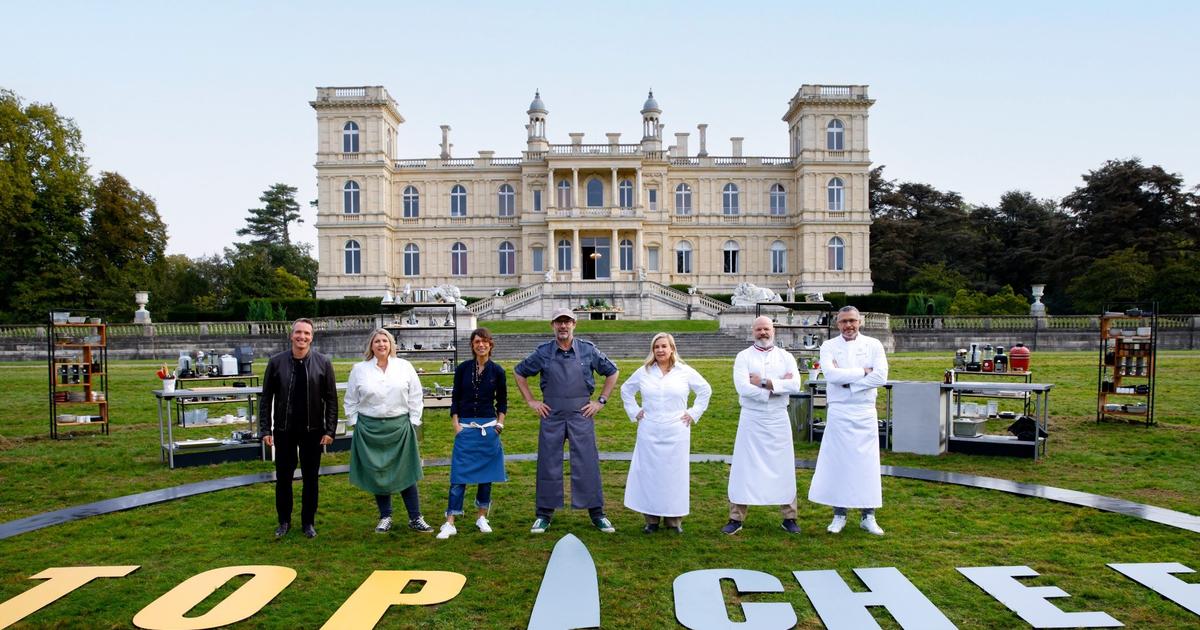After five months of lethargy, New York's museums are beginning to stretch. If the largest museum in the US, the Metropolitan Museum of Art, woke up this Tuesday, this Thursday, August 27, another of the city's cultural beacons will be illuminated: the MoMA. During the first month of the new operation of the modern art center, admission will be free and, until further notice, only 100 visitors will be allowed access each hour, occupying 25% of the building's total capacity.
- The museum that defined 20th century art enters the 21st
As Glenn D. Lowry, the director of the institution, explains by phone, who already experienced another reopening just a few months ago, when in October last year he inaugurated the expansion of its spaces with a greater number of works by more diverse artists, this new beginning At the same time, it represents both a turning point in the institution's more than 90 years of life and a return to a normalcy that increasingly seems closer to, or at least is desired.
"We are incredibly excited," says the director, the most influential figure in the art world according to the latest Power100 listing from ArtReview magazine. “It has been a five-month break and we are delighted to be back at work. This is our second reopening in less than a year, but it is different from October. However, the museum remains the same, and the art we display is as good as it ever has been. In fact, this is a unique occasion to visit the galleries, since the limited number of attendees makes the visit somewhat special ”.
Faced with the usual crowds that are concentrated around iconic MoMA works such as The Starry Night, by Vincent van Gogh, the pieces can now be viewed with the ease of interpersonal distance. In addition, as is also the case in Spanish museums, which have come to life since last June, the use of masks is mandatory and there are dispensers of hydroalcoholic gel distributed throughout the space. In addition, Plexiglas barriers have also been installed at the information and ticket sales stands, among other preventive measures.
After a bolt that has cut off the income of a museum that receives 2.5 million annual visitors, the accounts have been "absolutely battered", as its director acknowledges. Although the institution did without all its external staff dedicated to educational activities, 85 people, in April, Lowry takes comfort in the fact that they have not had to lay off any permanent member of the staff. "It was lucky," he says, relieved.
Now, with the constraints of the new normal, MoMA managers do not expect to recover in the financial sense for "24 or even 36 months". "But being open is better than being closed", calibrates the manager, who believes that it will not be in the long term, but in the "medium term", when they will return to their usual rhythm of visits. "It will be when the vaccine arrives, when tourism and travel return."
In addition to its newly expanded vision of 20th century artistic expression, which now includes more works by women and creators from different backgrounds, MoMA returns with two temporary exhibitions: one dedicated to the French critic Félix Fénéon, which was scheduled to open. for before the pandemic; and another around the work of Shuzo Azuchi. In addition, several truncated exhibitions will continue, such as a retrospective dedicated to the minimalist Donald Judd, and an installation dedicated to the recently deceased Milton Glaser, creator of the famous I love NY logo , has been placed in the museum's entrance lobby . "Our idea is to continue to offer robust temporary exhibitions," says Lowry, who admits that, in any case, the "impact of the crisis on loans will affect some exhibitions."
The digital aspect of the museum, which already had “a powerful program” before the coronavirus, has been strengthened in recent months and, according to the director, will continue to grow for the future. "But I do not think it will be able to replace physical exposures, it will be something that goes hand in hand: they are like the obverse and reverse of a coin," says Lowry, who believes that "the pandemic has shown that most of people do not need to live in big cities: if we decide to live in a big city, it is because of its restaurants, its concerts, its museums ... In other words, because of its rich cultural life ”, which had temporarily disappeared and is now reborn . "In that sense, museums are like the glue that keeps people glued to the city."
The next New York museums to reopen are the Whitney Museum (September 3); the Bronx Museum of the Arts (September 9); the Museo del Barrio (September 12) and the Guggenheim (October 3). In addition, the Museum of the City of New York has also returned to activity this Thursday, August 27.




/cloudfront-eu-central-1.images.arcpublishing.com/prisa/Q6GXUFDARZGI5BCOMCTHWWYV4Y.jpg)







/cloudfront-eu-central-1.images.arcpublishing.com/prisa/KMEYMJKESBAZBE4MRBAM4TGHIQ.jpg)


